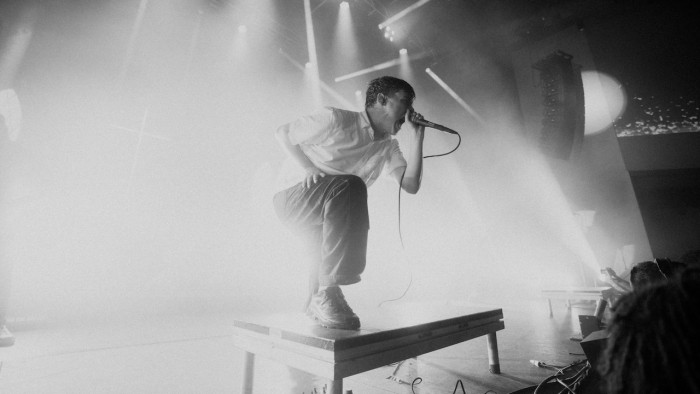Prince's legendary and mysterious Paisley Park home is going to become a museum, according to the star's family.
The prolific musician passed away at the age of just 57 at his residence last Thursday and was cremated at a private funeral at First Memorial Western Chapel in Minnesota on Saturday, which was attended by his closest family, friends and fellow artists.
He was found unresponsive in a lift on Thursday morning - the cause of death is still unknown and an autopsy was conducted on Friday. The results are expected to take several weeks to come through.
His family have already now confirmed that Paisley Park, the 50,000 square foot studio complex in Minnesota, is going to become a lasting memorial to the singer.

His brother-in-law Maurice Phillips told The Sun, “We will turn Paisley Park into a museum in Prince’s memory. It would be for the fans. He was all about the fans - this would remember his music, which is his legacy. Prince was always private but would have wanted his music remembered.”
The complex is believed to house the legendary 'Prince Vaults' - containing many thousands of songs that the artist recorded but never released.
Phillips also commented on the rumours of drug overdoses - possibly Percocet - that have floated around since the dramatic news of Prince's death, saying, “Folks talk mess about folks. We’re too busy passing judgment on other folks than handling our own business. Instead of building people up they are tearing them down - or trying to make a dollar out of them. At the end of the day it’s between that man up there [God] and the individual.”
He also told The Daily Mirror, “I was with him just last weekend. He worked 154 hours straight. He was a good brother-in-law.”
However, a police source told The Mirror, “We understand Prince suffered chronic pain after developing a hip problem. Naturally he took painkillers to ease his troubles but police are looking into if he was prescribed too many. We have seen in the case of [Michael] Jackson how people can acquire large quantities of drugs when really they should be monitored."











